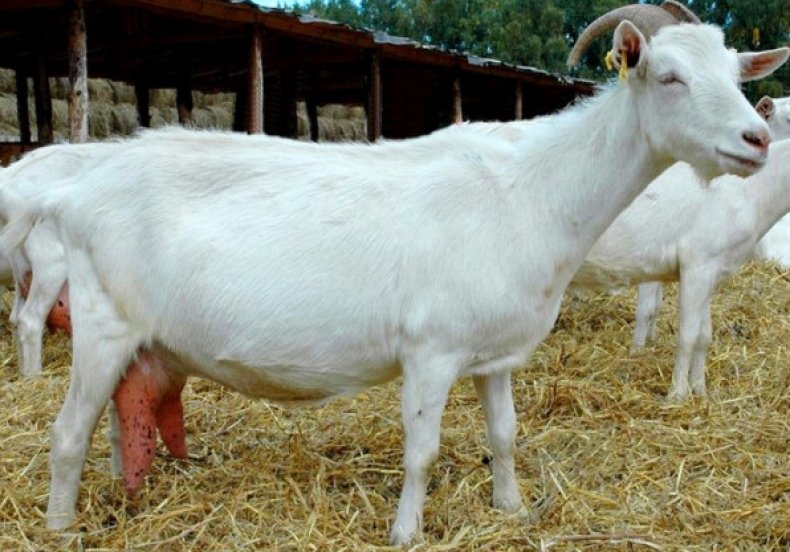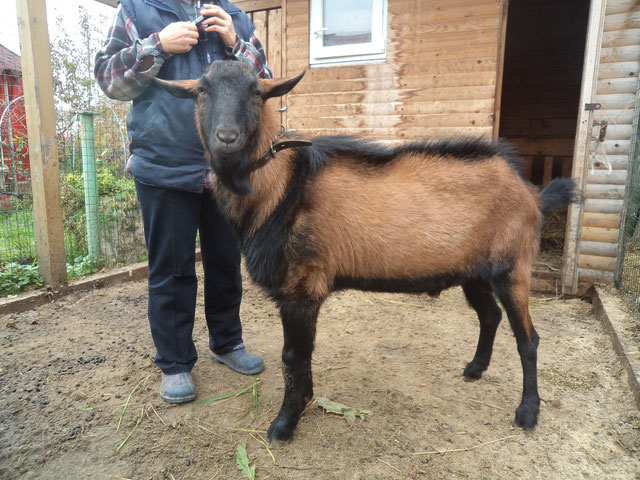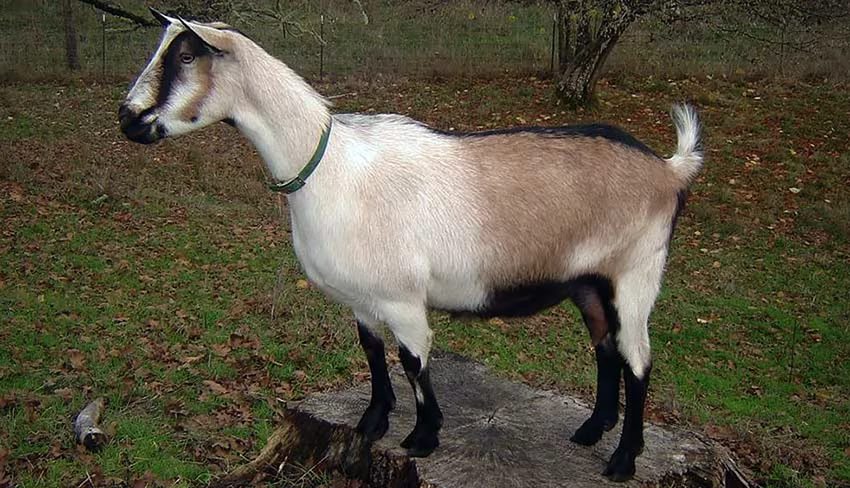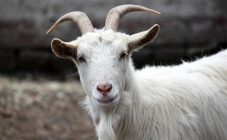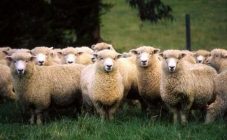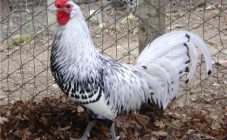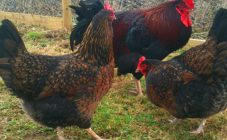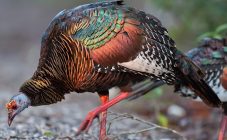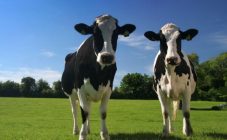For many years now, Russia has been breeding goats in order to obtain milk. It is a known fact that a goat gives milk much healthier than cow's. Such dairy products have a richer composition and a higher protein content. Farmers can breed such domestic animals with minimal labor and financial costs. At the same time, the return is quite high - at least a ton of healthy dairy products in 365 days. The only condition is a correctly selected milking goat.
Dairy goat breeds
The modern market has more than a dozen dairy representatives, the names of which often come from their places of origin. The product that a dairy goat gives is undoubtedly useful, but often frightens off with a peculiar smell and taste.
Domestic breeders have bred dairy goat breeds, the number of which today is at least 200 species, differing in external characteristics. Among such breeds, there are common representatives and unique individuals that look like ponies. Despite the abundance, most of the breeds of meat and meat and dairy use, an example is the Orlov species. Their purchase is not the best choice, since the milking rate is low, the milk is low-fat. These representatives are large, because they eat a lot, they contain more for fluff and meat.
In order to milk large quantities of milk, it is worth using special dairy breeds. Animals for these purposes are small in size, have large udders, long nipples and docile nature. If you compare the amount of feed eaten and milking, these breeds show high profitability and high yields.
These include the goat:
- Russian;
- Alpine;
- Zaanenskaya;
- Cameroon;
- Gorkovskaya;
- Toggenburg.
It cannot be said that these breeds are world leaders in milking, but their performance is much higher than average. In addition, the cost of their acquisition is generally available. For example, the cost of individual representatives at Berkat can reach 100 thousand rubles.
Comparative characteristics
To select the necessary breeds, the following characteristics of animals should be taken into account:
- age;
- the presence of special features inherent in the breed;
- body structure;
- the presence of signs of milkiness;
- the presence of characteristic signs from the parents;
- physical health.
When breeding flocks on home farms, you should purchase only young individuals with a proportional, well-developed body. Healthy, viable specimens are characterized by the presence of:
- strong, straight legs;
- long barrel-shaped body;
- broad chest;
- powerful skeleton;
- elastic udder;
- healthy, shiny coat, without bald patches.
The presence of veins and milk wells indicates the productivity of goats. By examining the udder, one can see the veins leading to the abdominal region, where the wells are located. A wide and pronounced well is an accurate sign of a high milk yield of an animal. When choosing a goat that is already producing dairy products, it is worth doing a trial milking. So, you can not only evaluate the resulting dairy product and performance, but also easily find out if the goat has a specific smell. After the milking process, they must fall off, in other cases such an animal should not be purchased. In milking specimens, the udder is elastic to the touch, without the presence of stagnation and seals.
Also, taking care of your milking herd, it is necessary to take into account that there is 1 goat for 50 females. Attention should be paid to the pedigree of the male producer, since the health of future generations and the parameters of milking directly depend on it. Best of all, if the goat is not alone, then there is a high probability of avoiding intimate relationships. For the same purpose, the kid is changed every 3 years.
The breeds popular today, grown in the territory of Russian regions, differ not only in appearance. Dairy goats are distinguished by milking performance, nutritional value of the resulting product and even lactation period. Taking into account all these characteristics, the obtained data can be combined in the following table.
Characteristics of goat breeds
| Breed | Milking level, l / day | Nutritional value of products,% | Lactation time, days | Annual milk yield, l |
|---|---|---|---|---|
| Megrelian | from 1 to 2 | 4.3- 4.5 | 180 | from 105 to 250 |
| Cameroon | from 1.7 to 2 | 5.4 | 150 | 200 |
| Russian | not less than 2.5 | up to 5 | 240 | from 450 to 600 |
| Toggenburg | 2.5 | 3.5 | from 200 to 240 | up to 800 |
| Gorkovskaya | 3 | 4,5 - 5 | up to 300 | 500 |
| Alpine | 4 | 3.5 | from 300 to 350 | from 750 |
| La Mancha | 5 | 4 | up to 300 | from 900 to 1000 |
| Nubian | 5 | 4.5 | 300 | up to 1000 |
| Zaanenskaya | 5 | from 3.5 to 4.5 | 300 | 950-1200 |
| Czech brown | until 6 | up to 4.5 | up to 330 | 1200 |
Which breed will give more milk
Several breeds can be distinguished among the leaders in the production of dairy products. These breeds include the following:
- Czech brown - belong to large domestic breeds. The growth of milking individuals is 75 cm, with a weight of 55-60 kg. The goats can weigh up to 80 kg. The minimum amount of milk that can be obtained from representatives of the breed is 4 liters / day. Milking can be continued for 11 months. The popularity of breeding this species lies in its good adaptability to any climatic conditions and unpretentious maintenance;
- Zaanenskaya - is considered the most ancient of all goats. It appeared as a result of the selection of Swiss scientists about 500 years ago. The name is due to the place of hatching - the Zaanen Valley. The weight of lactating queens can reach 80 kg; for a goat, a weight of 110 kg is considered normal. The minimum annual yield is 950 liters of milk. Correct and careful care significantly increases this indicator;
- Nubian - in terms of external indicators, it resembles the previous view. Starting from the first lactation, the uterus can be milked up to 4.5 l / day.Gradually, the level of productivity will increase. Lactation can last at least 10 months with an annual productivity of 1000 liters minimum. The animal's dairy product is quite fatty - depending on the diet, the fat content can reach 8%. The disadvantage is the high cost of purchase, since the breed is still not bred in the domestic territory;
- La Mancha is a selection of the Swiss and Nubian species, bred on the territory of the Spanish state. Average weight - 70 kg. On average, you can milk up to 5 liters of milk per day, with special care and efforts the farmers managed to milk up to 8 liters. The average annual indicator is 1000 liters, but a record for milking of 2047 liters is known for the same period;
- Alpine is a breed of Swiss selection. The species is bred in the Alpine mountains, which is the reason for the name. Uterus can grow up to 75 cm in height, for males the normal figure is 85 cm. The average weight of a goat is 63 kg, a goat is 79 kg. It is considered a highly productive species, since it produces at least 900 liters of milk per year, with a fat content of at least 3.5%. They are often bred on the lands of the North Caucasus and the South, and are known for their hardiness to low temperatures.
Odorless milk
Specially bred breeds that do not have a deterrent smell include:
- Zaanenskaya - the record holder for milk yield;
- Toggenburg light brown;
- Anglo-Nubian;
- Russian white;
- Alpine;
- Dwarf Cameroon;
- Megrelian aristocratic.
Not all of these breeds are highly yielding species, but they are popular among meat and dairy breeds, thanks to their delicious meat without a particularly frightening smell. In any case, when choosing animals for herd breeding, you should pay attention to the factors specified above. First of all, when buying, animals are examined and selected based on the area in which the breed is planned to be kept. It should be borne in mind that each dairy species may react differently to the environment, feeding and weather conditions, and after all, milking performance depends on these factors.
